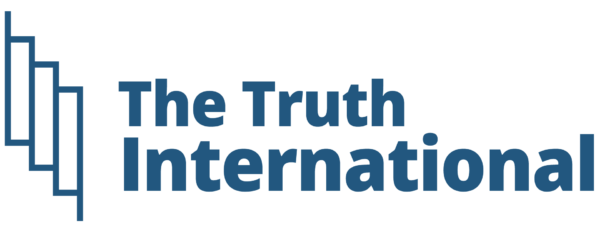A total of 47 universities from Pakistan have earned a spot in the 2025 Times Higher Education (THE) World University Rankings.
Among them, Quaid-i-Azam University Islamabad is ranked between 401 and 500, while several other institutions are ranked between 601 and 800. These include Air University Islamabad, Capital University of Science and Technology, COMSATS University Islamabad, Government College University Faisalabad, National University of Sciences and Technology Islamabad, Sukkur IBA University, University of Engineering and Technology Taxila, and University of Malakand Dir Lower.
Other universities, such as Abdul Wali Khan University Mardan, International Islamic University Islamabad, Khwaja Fareed University of Engineering and Information Technology Rahim Yar Khan, Lahore University of Management Sciences, PMAS Arid Agriculture University Rawalpindi, The Islamia University of Bahawalpur, University of Central Punjab Lahore, University of Engineering and Technology Peshawar, University of Gujrat, University of Lahore, University of Management and Technology Lahore, University of the Punjab Lahore, and University of Veterinary and Animal Sciences Lahore, are ranked between 801 and 1000.
Twelve Pakistani universities are ranked between 1001 and 1200, eight between 1201 and 1500, and five in the 1501+ range. Additionally, 48 universities are listed as “reporters,” meaning they submitted data but didn’t meet the ranking criteria.
The 2025 rankings feature more than 2,000 universities from 115 countries and territories. Oxford remains in the top spot for the ninth consecutive year, followed by MIT, which has moved up to second place, surpassing Stanford, which now ranks sixth.
China continues to improve its global research presence, edging closer to the top 10, while Australia’s top five universities have dropped, reflecting a decline in reputation and international outlook. Meanwhile, Brazil, Saudi Arabia, and the UAE have joined the top 200, signaling the rise of emerging markets in higher education.
The rankings are based on the latest WUR 3.0 methodology, which uses 18 carefully calibrated indicators to assess institutions across five key areas: teaching, research environment, research quality, industry engagement, and international outlook. The 2025 rankings include 2,092 universities, with 185 new entries, and 472,694 data points collected from 2,860 institutions.










